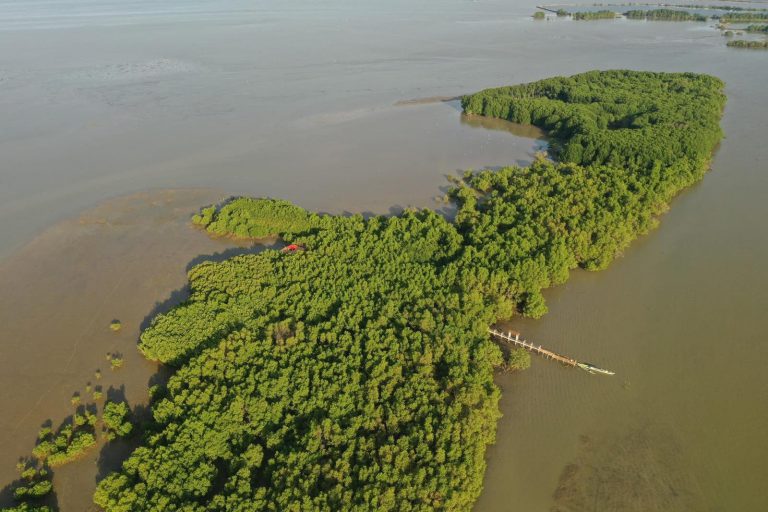The NEXCITIES Project Blog
Water, Wetlands and Life

Water, Wetlands, and Life
Every February 2 World Wetlands Day is celebrated to recognize wetlands or areas that are covered with water either permanently or seasonally- these are our rivers, lakes, estuaries, swamps, marshes, mangrove areas, intertidal flats, just to name a few. Around the Philippines and the world, there are wetland clean-ups, educational events and talks, and photo contests to raise awareness of one of the most degraded (and converted) types of ecosystems.
During World Wetlands Day the world, apart from recognizing the ecosystem itself, celebrates the ecosystem services that our wetlands provide: regulating climate, reducing the impact of floods, providing food, water and livelihood, being repositories of our traditions and cultural practices, and being home to various plants and animals.
The theme for 2021 is Wetlands and Water. With this theme we are reminded that water, wetlands, and life are inseparable – something that is very easy to forget in our day to day living as we get water from the tap easily or buy bottled water from the store.
Basic science – the water cycle – teaches us that water is a renewable resource. If we see a waterfall (also a natural type of wetland!) or a dam (a man-made wetland) – we are comforted by the seemingly never-ending flow and vast water deposit: water seemed to last forever.
But only 2.5% of water on Earth is freshwater and only less than 1% of this is usable as the remaining are locked away, frozen, as glaciers and ice caps and in underground aquifers.
With the continued degradation of our water sources, and as more and more people use this resource, we are headed towards crises.
Here in the Philippines, our water resources suffer as more forests (which are also in watershed areas) are mined or logged: case in point is the Ipo watershed whose continued degradation threatens the water supply of Metro Manila; lack of sewerage system in most part of the Philippines also turns rivers and nearby bodies of water into septic tanks, poisoning them and removing them from our use. A report from ARCOWA says that “across Asia, a majority of sewage still finds its way to the rivers, lakes, coastal zones and oceans without any treatment.”
Water – in general – is a renewable resource as the water cycle will continue on as always. However fresh and clean water that we can use for living is not: fresh and clean water is something that we can only have if we continue protecting our water repositories through international, national, and local policies, investment in new technologies, and continued support of projects and initiatives for clean water.
Only 2.5% of water on Earth is freshwater and only less than 1% of this is usable — let that sink in. A new perspective is always the first step towards change, towards a grounded realisation where we take into consideration the ecosystems that nourish us.
Sources:
Ramsar and wetlands
global-wetland-outlook.ramsar.org/outlook
World Wetlands Day – Fresh water facts
Wastewater Management and Waste Recovery/ state of water resources in the philippines
Copy Author: PL
Copy Editor: AL

Converting wastewater into nutrient-rich fertilizer for a better city of the future
